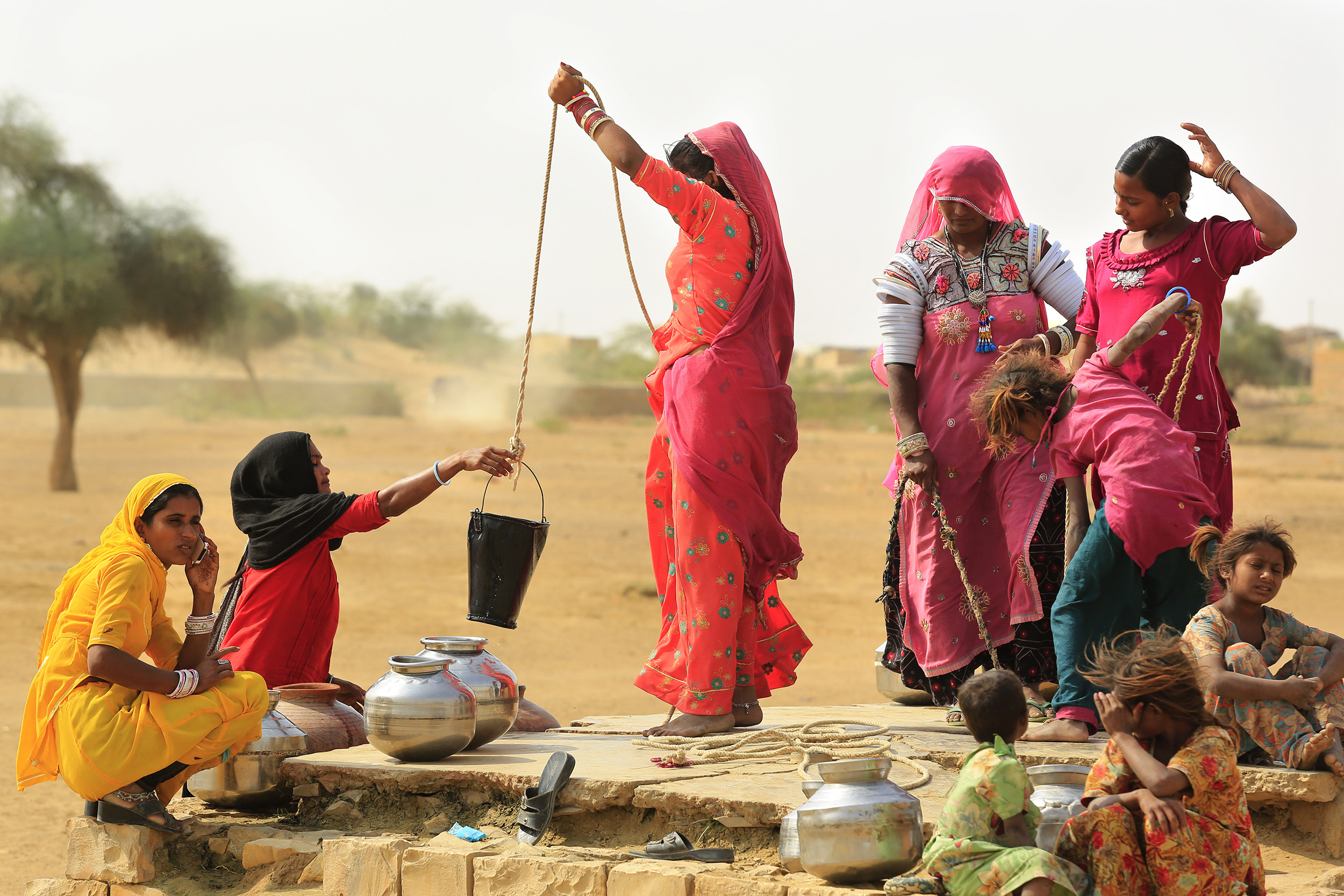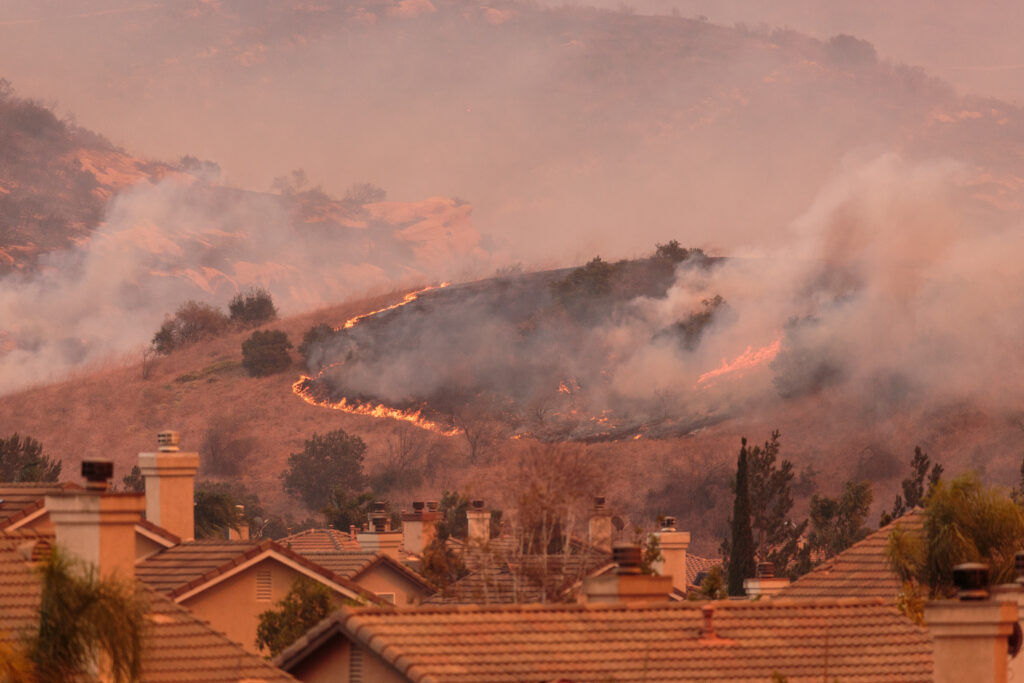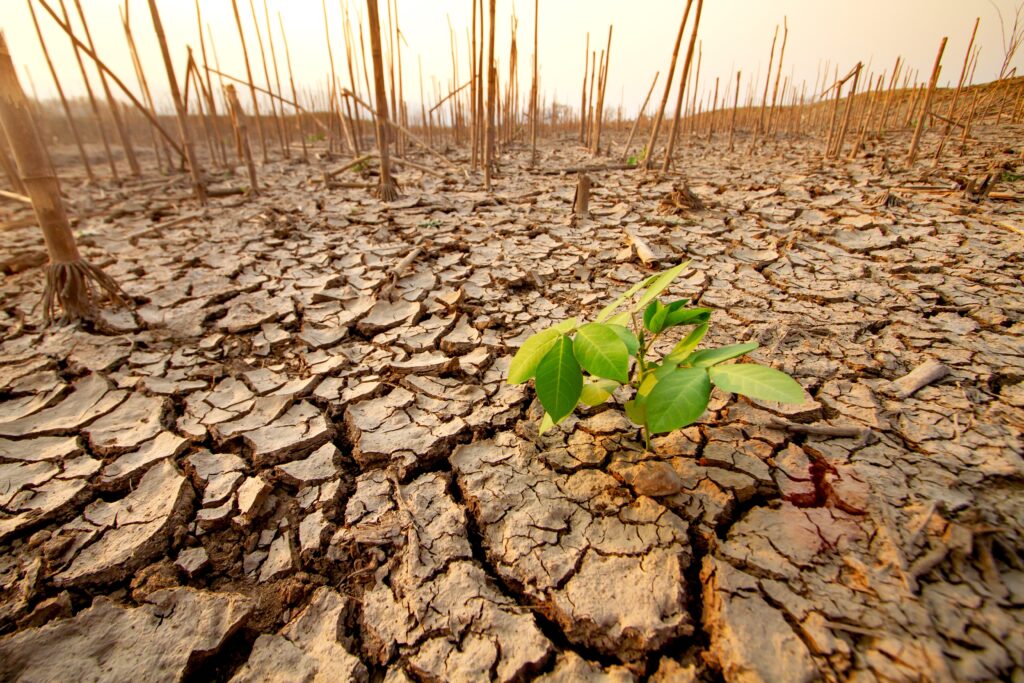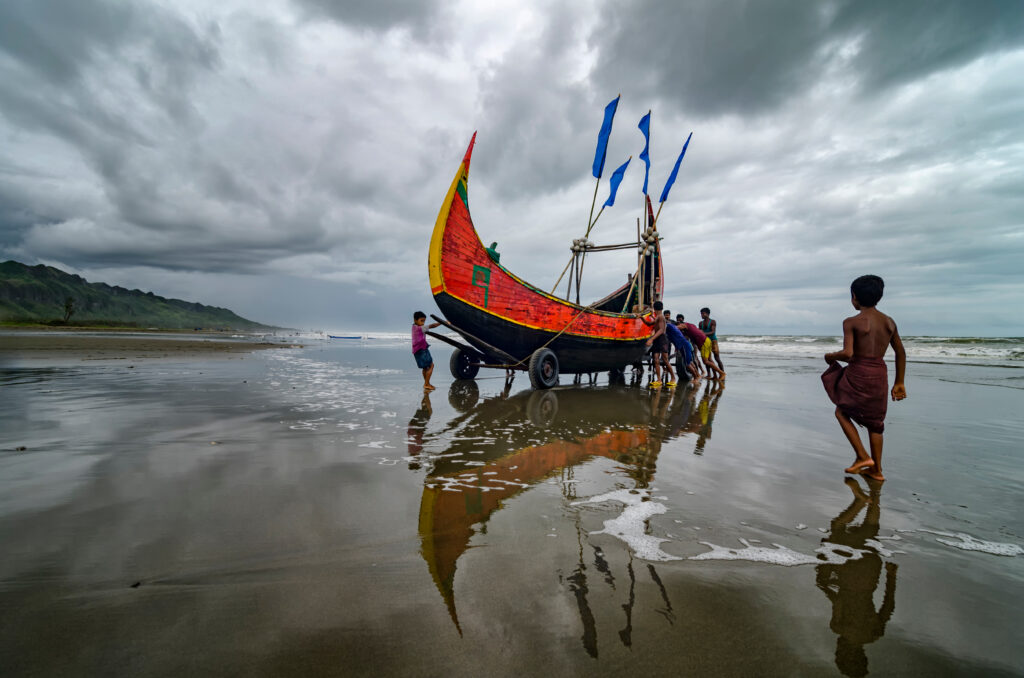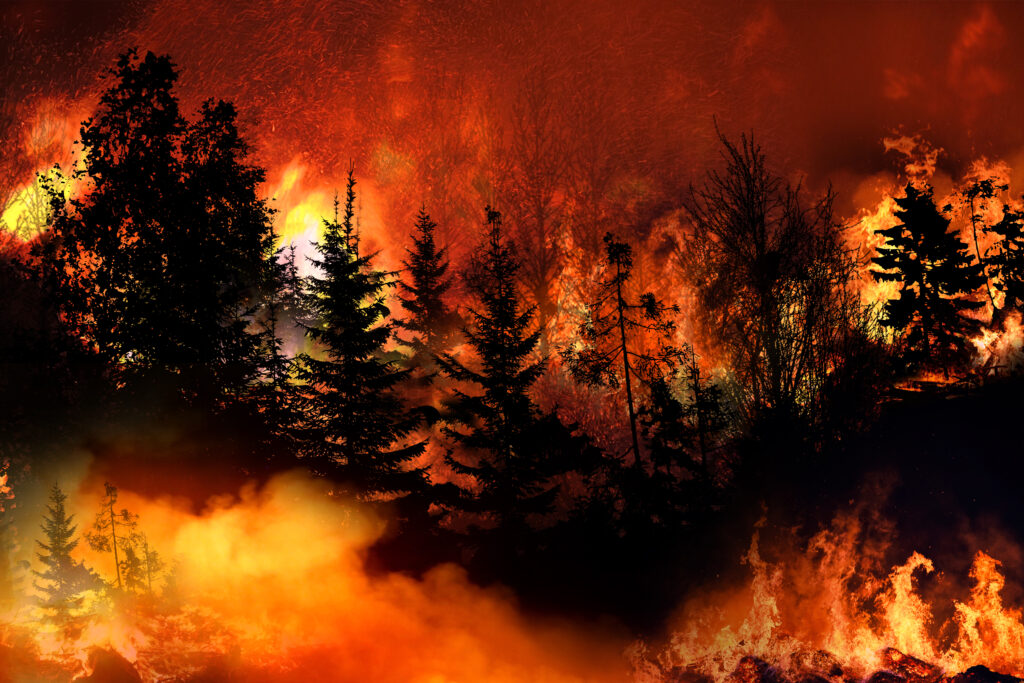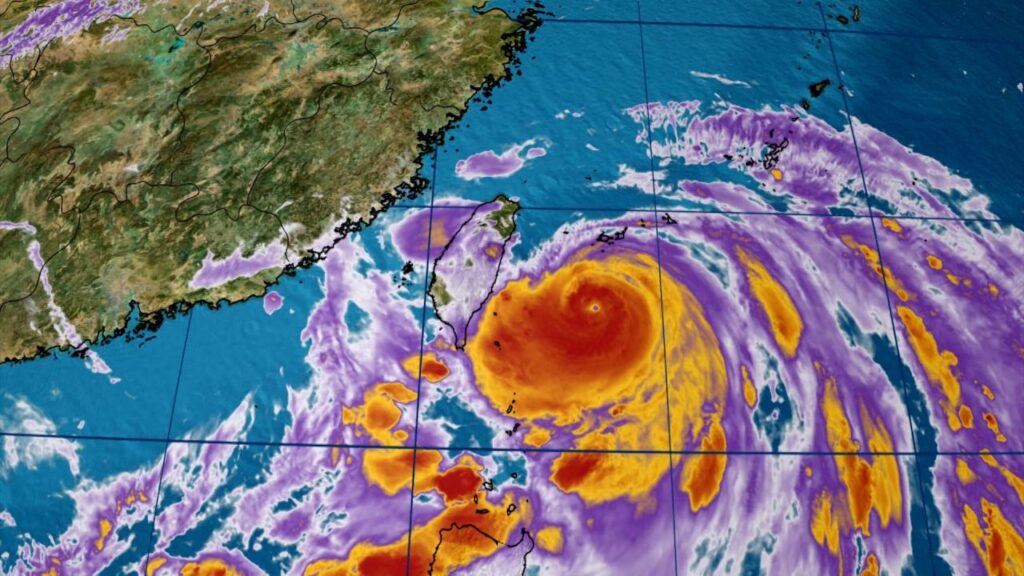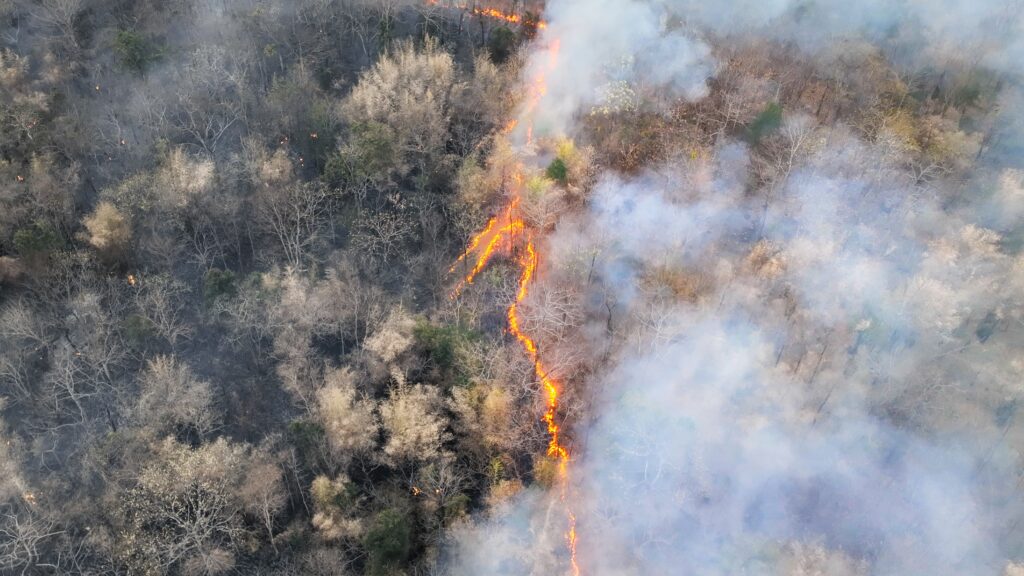The impacts of climate change in South Asia are devastating the lives of some of the world’s poorest. In the last decade alone, more than 700 million people in South Asia have been affected by at least one climate-related disaster. Extreme weather events and climate-related disasters are occurring more frequently and with greater intensity. Many people are unable to recover from one climate disaster before another strikes, reversing recovery or progress.
As a result of global warming, scientists predict the region will suffer from more extreme temperatures, increased droughts and longer and more unpredictable monsoon seasons. According to the World Bank, more than 800 million people in South Asia live in climate change hotspots. This could see economic losses in the region totalling USD 160 billion by 2030. Additionally, by 2050, as many as 63 million people could be displaced as agricultural failures and sea level rise make some South Asian areas uninhabitable.
Why Is South Asia Vulnerable to Climate Change?
South Asia’s unique climate context, such as its monsoons, the melting of the Himalayan glaciers and its many highly populated, low-lying coastal cities, makes it one of the world’s most vulnerable regions.
Furthermore, millions of people depend on agriculture for their livelihoods. Yet, it is particularly vulnerable to climate change and global temperatures rise. It’s estimated that 10-50% of South Asia’s crop production will be at risk by the end of the century. This does not bode well for a place where already over a quarter of the world’s hungry and undernourished people live.
Outdoor work is also affected. For example, in India, heat-exposed work employs around 75% of the labour force, yet the nation could become one of the world’s first places to suffer heat waves that cross the survivability thresholds for healthy adults resting in the shade.
The ‘Poster Child’ for Climate Change
South Asia’s acute vulnerability to the impacts of climate change makes the region a “poster child for climate change”, according to climate scientist Roxy Koll.
Bangladesh
Bangladesh, for example, is widely recognised as one of the most climate-vulnerable countries on Earth. Rising seas, tropical cyclones, flooding and riverbank erosion are causing the loss of homes, land and property on an immense scale. In 2022, climate change displaced over 7.1 million Bangladeshis, according to the World Health Organisation. Moreover, there are predictions that by 2050, rising sea levels will submerge some 17% of the nation’s land and displace about 20 million people.
India
In the case of India, consecutive years of brutal heat and extreme floods are having devastating impacts on farmers and food security. Between 2015 and 2021, India lost 350,000 square km of fertile land from drought. Floods ruined another 339,000 square km – over 800 million football fields. The impacts on farmers are life threatening. Research suggests that climate change may have even contributed to the suicides of many thousands of Indian farmers and farm workers over the past three decades, as agricultural livelihoods had become unbearable or impossible.
Pakistan
In 2022, Pakistan endured savage floods during a monsoon season UN chief António Guterres described as being “on steroids”. The waters submerged over one-third of the entire country and displaced millions. The flooding killed around 1,700 people, with an estimated 33 million affected overall.
Around 40% of the country’s people work in the agricultural sector, yet the floods destroyed most farmers’ livelihoods. Since then, Pakistan has remained devastated by its aftereffects, suffering from a wide range of impacts – including food shortages and outbreaks of disease.
South Asian Countries and Citizens Have Contributed Little to Global Greenhouse Gas Emissions
The devastating impacts of climate change in South Asia demonstrate a tragic example of climate injustice. This stems from rich countries disproportionately contributing to carbon emissions throughout history. In comparison, South Asians have done little to contribute to the current and future impacts of climate change.
For example, in the US and Australia, annual average per capita emissions of CO2 equivalent are around 14.9 and 15.1 tonnes, respectively. Those in South Asia pale in comparison. In Bangladesh, the equivalent emissions are just 0.6 tonnes per year. In Pakistan, it is around 1 tonne and in India, 1.9.
As well as greenhouse gases, some South Asian nations are the dumping ground for other nations’ pollutants, including plastic, textiles and electronic waste. This creates further devastating environmental impacts, contributing to the ill health of scores of communities.
Regional cooperation is necessary to develop climate resilience and tackle environment-related issues. South Asia would benefit from further support from institutions like World Bank and Asian Development Bank.
Addressing the Injustice of South Asia’s Environmental Issues
Many of today’s natural disasters are supercharged by climate change and bear the “fingerprints” of a human-made crisis, according to Dr. Friederike Otto, the co-founder of World Weather Attribution. For example, analysis by researchers found that climate change played an “important role” in Pakistan’s catastrophic flooding. Yet, faced with a staggering USD 16.3 billion reconstruction bill, Pakistan’s outreach for urgent international aid went largely ignored.
Due to their central role in creating and perpetuating the climate crisis, some, like former President of the European Parliament Martin Schultz, say that there is a moral and economic duty for rich countries to support poorer countries that are unable to adapt to weather extremes and weather patterns. This issue has been a sticking point in climate negotiations for decades and only formally received recognition in 2022’s climate conference – COP27. While climate change’s impacts speed up, especially in South Asia, progress on this front has been slow.
Evelyn Smail
Writer, United Kingdom
Evelyn is a freelance writer and journalist specialising in climate science and policy, the just energy transition and the human impacts of climate change. She writes for independent publications, NGOs and environmental organisations. Evelyn has a background in sustainable development, climate justice and human rights.
Evelyn is a freelance writer and journalist specialising in climate science and policy, the just energy transition and the human impacts of climate change. She writes for independent publications, NGOs and environmental organisations. Evelyn has a background in sustainable development, climate justice and human rights.

